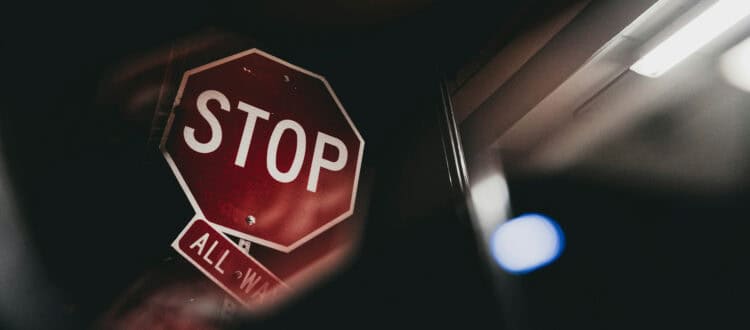Reflective street signs serve as key navigational aids, especially during low light conditions and at night. These signs are designed with retro-reflective background sheeting that enhances their visibility, ensuring that drivers, pedestrians, and cyclists can easily spot and comprehend the information they convey.
The reflective properties of these signs are instrumental in promoting road safety by reducing the likelihood of accidents and improving overall traffic flow. From stop signs to speed limit indicators, they play a pivotal role in guiding and informing individuals on the road, ultimately contributing to the efficiency and safety of our transportation systems.
What Materials are Reflective Street Signs Made of?
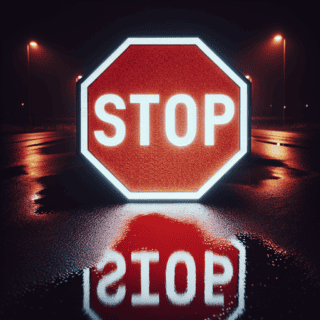 Reflective street signs are primarily made of materials such as aluminum and steel, which provide durability and resistance to harsh weather conditions. The reflective properties of these signs are achieved through the use of retro-reflective sheeting, which is a self-adhering sheeting specifically designed to bounce light back to its source, making the signs highly visible, even in low-light environments.
Reflective street signs are primarily made of materials such as aluminum and steel, which provide durability and resistance to harsh weather conditions. The reflective properties of these signs are achieved through the use of retro-reflective sheeting, which is a self-adhering sheeting specifically designed to bounce light back to its source, making the signs highly visible, even in low-light environments.
This sheeting is often composed of microprismatic or glass bead technology, allowing for efficient reflection of light from headlights, street lamps, and other sources, thereby maximizing the visibility and legibility of the signage for drivers and pedestrians alike. This combination of tough base materials and advanced retro-reflective sheeting ensures that reflective street signs maintain their effectiveness and visibility over extended periods, contributing to safer and more efficient roadways.
Do Street Signs Need to be Reflective?
Street signs need to be reflective to ensure visibility, especially during low light conditions and at night. Reflective properties are crucial for street signs as they enable drivers, pedestrians, and cyclists to clearly see and comprehend the information being conveyed, thereby reducing the likelihood of accidents and promoting overall road safety.
Reflective street signs are essential for guiding individuals through unfamiliar areas, alerting them to potential hazards, and providing important navigational information. The reflective nature of street signs is particularly vital in urban areas where ambient light may be limited, allowing for quick and accurate interpretation of the signage, ultimately contributing to the smooth and safe flow of traffic.
What Makes Street Signs Reflective?
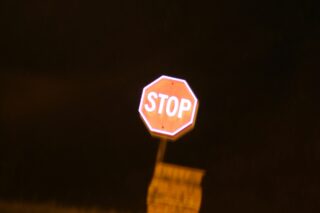 Street signs are made reflective through the use of specifically designed materials and technologies that maximize street sign visibility. One key element in achieving this reflectivity is retro-reflective sheeting, which is a crucial component of reflective street signs. This sheeting is composed of microprismatic or glass bead technology, which enables the signs to reflect light back toward its source, such as the headlights of a vehicle or street lamps.
Street signs are made reflective through the use of specifically designed materials and technologies that maximize street sign visibility. One key element in achieving this reflectivity is retro-reflective sheeting, which is a crucial component of reflective street signs. This sheeting is composed of microprismatic or glass bead technology, which enables the signs to reflect light back toward its source, such as the headlights of a vehicle or street lamps.
This unique property ensures that the signs remain highly visible even in low-light conditions, thereby enhancing their effectiveness in conveying important information to drivers, pedestrians, and cyclists. Also, the base materials of the street signs, such as aluminum and steel, also contribute to their reflective properties by providing a sturdy and smooth surface for the retroreflective sheeting to adhere to, further enhancing the signs’ visibility and durability.
What is the Reflective Sheeting on Street Signs?
1. Engineer Grade Sheeting:
- Made of enclosed glass beads embedded in a transparent resin.
- Known for durability and commonly used for non-critical traffic control signs.
2. High Intensity Prismatic Sheeting:
- Composed of prismatic lenses sealed to a synthetic resin.
- Offers higher reflectivity and is often used for signs on highways and roads where higher visibility is essential.
3. Diamond Grade Sheeting:
- Consists of full-cube prismatic optics.
- Offers the highest level of reflectivity and visibility, commonly used in areas such as school zones or high speed intersections where maximum visibility is crucial.
How to Decide Which Reflectivity Option is Right for You?
When deciding which reflectivity option is right for you, it’s important to consider the specific application and environmental conditions where the street signs will be installed. Engineer grade sheeting is suitable for non-critical traffic control signs, whereas high intensity prismatic sheeting is ideal for highways and roads where higher visibility is essential. If maximum visibility is crucial, especially in school zones or high speed intersections, diamond grade sheeting would be the most appropriate choice. Evaluating the traffic volume, speed, and lighting conditions in the area where the signs will be installed is key to determining the most suitable reflectivity option for your specific needs.
Are Reflective Street Signs Required to be MUTCD-Compliant?
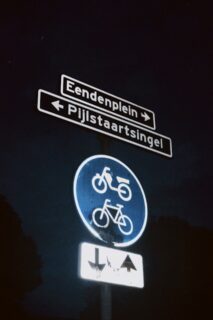 Yes, they are required to be MUTCD (Manual on Uniform Traffic Control Devices) compliant in the United States. The MUTCD sets forth the standards for traffic control devices, including street signs, to ensure uniformity and consistency in their design, application, and usage across the country. Compliance with MUTCD standards for reflective street signs is essential for promoting road safety and minimizing confusion among drivers and pedestrians.
Yes, they are required to be MUTCD (Manual on Uniform Traffic Control Devices) compliant in the United States. The MUTCD sets forth the standards for traffic control devices, including street signs, to ensure uniformity and consistency in their design, application, and usage across the country. Compliance with MUTCD standards for reflective street signs is essential for promoting road safety and minimizing confusion among drivers and pedestrians.
The guidelines provided by the MUTCD cover various aspects of street sign design, including size, shape, color, and reflectivity requirements, to ensure that the signs are easily recognizable and effectively convey important information to road users. Adhering to MUTCD standards for reflective street signs is crucial in maintaining a cohesive and efficient traffic control system, ultimately contributing to safer and more organized roadways.
Extruded Blade Vs. Flat Blade Reflective Street Signs
Extruded blade and flat blade reflective street signs represent two distinct types of sign designs, each with its own set of characteristics and advantages. Extruded blade signs, as the name suggests, feature a raised or extruded border around the sign face, creating a three-dimensional appearance. These signs are often considered more visually striking and can enhance the overall aesthetics of the signage.
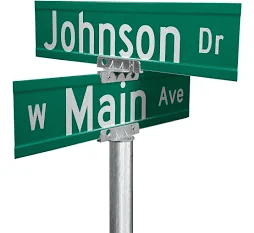
On the other hand, flat blade signs have a flat, two-dimensional appearance with no raised border. While they may not have the same visual impact as extruded blade signs, flat blade signs are often favored for their simplicity, lower cost and ease of installation. When it comes to reflectivity, both types of signs can incorporate reflective sheeting to ensure visibility in low-light conditions. The choice between extruded blade and flat blade reflective street signs often depends on factors such as the desired visual appeal, location, and specific application requirements.
Will Reflective Street Signs dent, warp, or bend?
They are designed to withstand various environmental conditions and maintain their structural integrity over time. These signs are typically constructed from durable materials such as aluminum or steel, which provide the necessary strength to resist denting, warping, or bending under normal usage. Also, the application of reflective sheeting on the sign faces does not compromise their ability to withstand physical stress. The combination of sturdy materials and reflective sheeting ensures that street signs can withstand the rigors of outdoor exposure, including wind, rain, and temperature fluctuations, without succumbing to deformation or damage. Impact can and will dent or bend these signs, however.
Will Reflective Street Signs Rust?
They are usually made from aluminum or painted steel, both of which are resistant to rusting. Anodized or alodized aluminum is corrosion-resistant, making it an ideal choice for outdoor signage. Steel signs, if properly treated with protective coatings, can also effectively resist rust formation. Furthermore, the application of reflective sheeting on the sign faces helps to resist corrosion or rusting.
Are Reflective Street Signs Durable Enough for Outdoor Use?
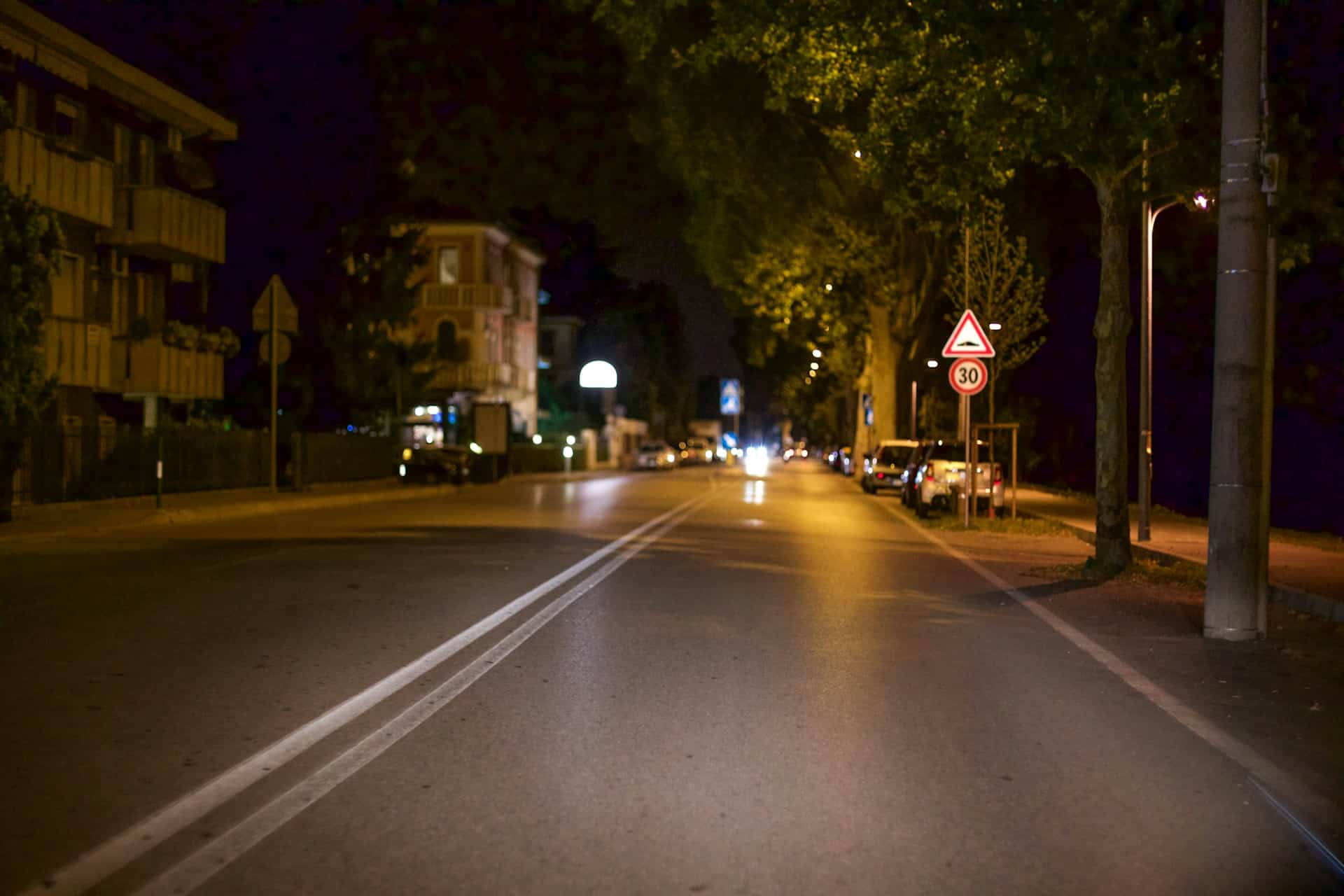 They are built for outdoor use, as they are specifically engineered to withstand the challenges of outdoor exposure. These signs are constructed from robust materials such as aluminum or steel, which provide the necessary strength to endure environmental elements such as wind, rain, and temperature fluctuations.
They are built for outdoor use, as they are specifically engineered to withstand the challenges of outdoor exposure. These signs are constructed from robust materials such as aluminum or steel, which provide the necessary strength to endure environmental elements such as wind, rain, and temperature fluctuations.
Also, the application of retro-reflective sheeting on the sign faces actually enhances their durability. They are designed to maintain their structural integrity and visibility over time, ensuring that they remain effective and reliable for conveying important information to road users..
How Many Years Do Reflective Street Signs Last?
They are designed to be highly durable for outdoor use, with varying lifespans depending on the specific materials and reflective sheeting used. For instance, 3M Diamond Grade reflective signs offer a 12-year warranty for outdoor life, providing superior visibility and durability. Also, the useful life of a modern road sign is generally estimated to be around 7-10 years, although various factors can influence the need for more frequent replacement. The materials used in the construction of these signs, such as aluminum and steel, are chosen for their resistance to rust and corrosion, further contributing to their longevity.
Conclusion
Reflective street signs stand as a testament to durability, visibility, and reliability in outdoor settings. Made from robust materials such as aluminum and steel, these signs are engineered to withstand environmental elements, ensuring longevity and effective performance. The incorporation of reflective sheeting further enhances their visibility, making them essential for conveying crucial information to road users, particularly in low-light conditions. These signs consistently prove their ability to endure and effectively serve the community for years to come. CLICK HERE for MUTCD-compliant reflective signs for streets.
Popular Posts:

